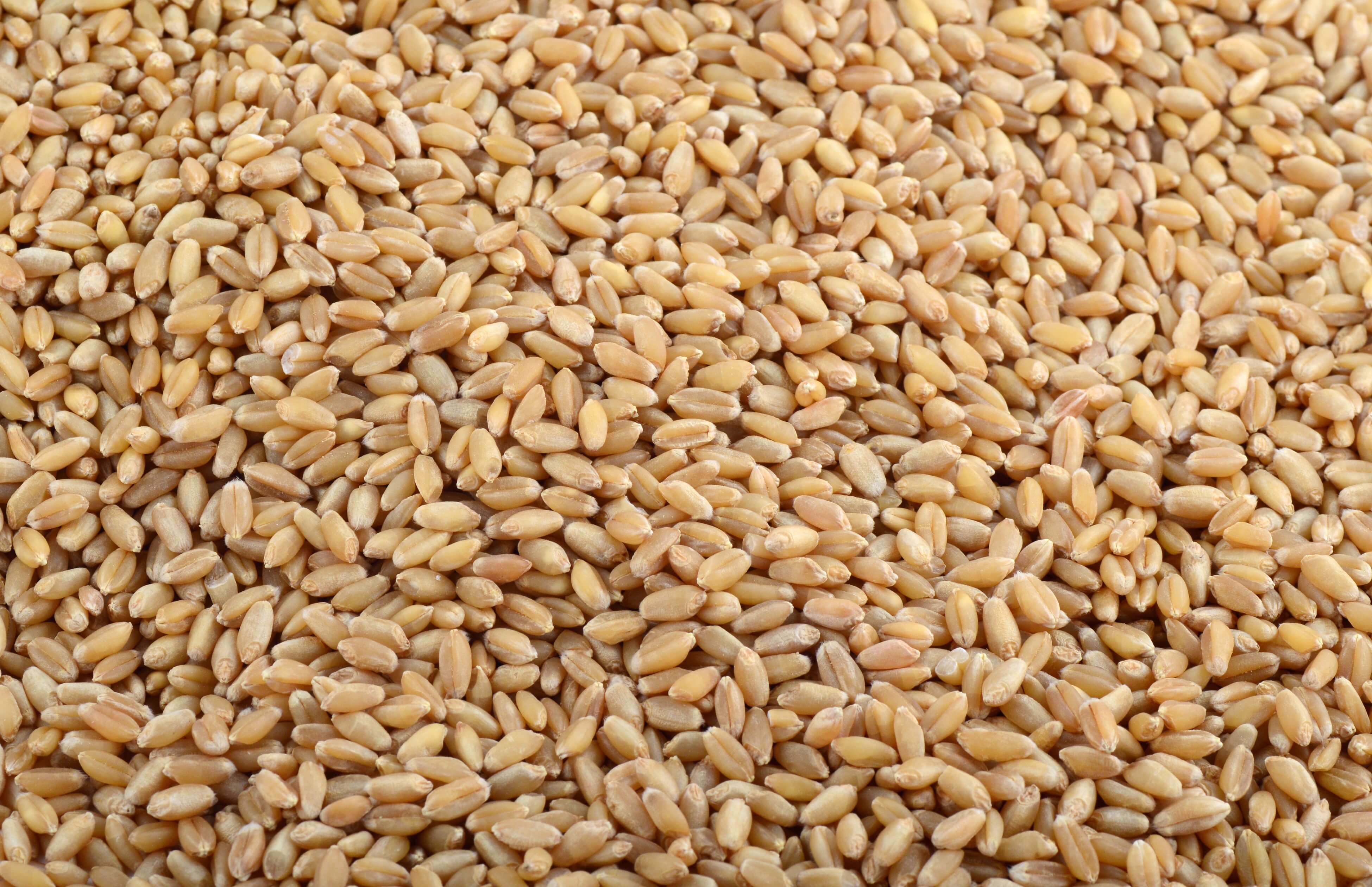Wheat
Wheat is a widely cultivated grain, valued for its taste, texture, and nutritional value, making it a staple food in many traditional dishes across various cultures. Known for its golden-brown color when mature, wheat is celebrated for its mildly sweet flavor and versatile texture, ranging from soft to firm, depending on the variety.



growing conditions

Climate
Wheat is primarily grown in temperate regions. The ideal temperature for wheat growth ranges from 10°C to 25°C . It requires cool temperatures for germination and warmer temperatures for grain filling.

Watering
Wheat requires adequate moisture during the early growth stages. Irrigation is necessary in areas with insufficient rainfall, especially during the tillering (branching) stage and flowering period.

Soil
Wheat thrives in a variety of soils, including loamy, sandy loam, and clay loam soils. The soil should be well-drained and rich in organic matter for better yields.

Planting
Wheat is generally planted in autumn (winter wheat) or spring (spring wheat), depending on the region. Seeds are planted at a depth of 2-4 cm with appropriate spacing to allow the crop to grow efficiently.

Harvesting
Wheat is typically harvested about 120-150 days after planting, depending on the variety and growing conditions. Harvesting is usually done when the wheat has turned a golden brown and the grains are hard. Harvesting can be done mechanically or manually.
Nutritional facts(100 gm)
- Calories: 339 kcal
- Carbohydrates: 71.2 grams
- Fiber: 12.2 grams
- Protein: 13.2 grams
- Fat: 2.5 grams
- Vitamin B6: 0.3 mg
- Iron: 3.6 mg
- Magnesium: 144 mg
- Potassium: 508 mg
- Calcium: 34 mg
- Vitamin E: 1.01 mg








